
Jens samples two extremes of modern motoring – the Tesla Model S and Mercedes G65 AMG
Jens samples two extremes of modern motoring – the Tesla Model S and Mercedes G65 AMG – and finds a common thread that connects the two… Has
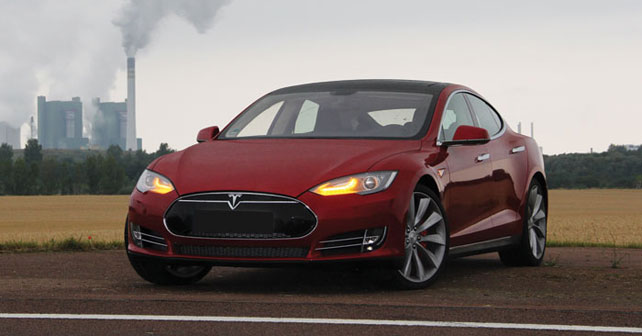
Jens samples two extremes of modern motoring – the Tesla Model S and Mercedes G65 AMG – and finds a common thread that connects the two… Has there ever been a greater commotion about a new car? Over the past year, the all-electric Tesla Model S has been showered with all manner of awards and accolades. It became Motor Trend and Automobile Magazine’s Car of the Year; at 99 of 100 points, it got an unsurpassed grade from Consumer Reports; and I had the pleasure of personally handing over the World Green Car award at the New York auto show last year. It hasn’t been easy to get behind the wheel of this large hatchback. I’ve watched its progress at various car shows, and I took it for a brief drive at a dealership last fall, but just now I got my hands on it for a week to put it through my testing routine. Pre-driving impressions are mixed. The exterior design is altogether conventional, and it’s disappointing that the Model S fakes a huge grille even though it doesn’t need one. But it’s wide and low, and it has massive presence. The interior is almost frugal, with a dashboard that seems two-dimensional – and is dominated by a massive, 17-inch touchscreen. Polarising as it may be, I think it’s one of the most clever features of the car. It can be operated very much like a modern tablet PC, and almost every function is hidden here. The cockpit and interior are almost devoid of buttons and switches. Those that are still present are too obviously leftovers from the parts bin of Merc’s last-gen models. As you step on the accelerator, design considerations become entirely irrelevant. With 600Nm of torque available virtually from standstill, the Model S charges forward like few other cars on the road. Throttle response is ultra-aggressive, and you soon catch yourself driving it on country roads like a powerful bike. The eerie silence from the well-isolated powertrain only underscores the otherworldly driving experience. At least until you reach around 170km/h. Above that speed, the test car began to emit an unpleasant drone that persisted beyond 200km/h. Top speed, rated at 215km/h, cannot be sustained – after a short while, the speed begins to drop off. Repeated acceleration into high velocities also severely diminishes performance. The system needs a few minutes to cool down before it can charge forward at full blast again. Driving at high speed is also not advised because then the Tesla’s range begins to melt away at an alarming pace. Under the best possible circumstances, it can top 500 kilometres – but when driven hard, there’s juice for little over 200 kilometres. Of course, even 200 kilometres are outstanding for an electric vehicle, and it doesn’t matter anyway if you have a ‘supercharger’ nearby. Tesla’s ultra-strong and fast charging stations can provide a half charge in just twenty minutes. A full charge takes about an hour. What’s more, they are free. Indeed, the Tesla Model S is fast, big, and fun. But is it ‘green’? I can’t help but wonder whether hurling around two-and-a-half tons of steel, aluminium, and battery packs at up to 125km/h does much to help the environment – especially on today’s power grid. The Model S is probably the best electric car out there. But, to me, it is not clear whether electrics, on the whole, are indeed ‘the future’ – or just an aberration. A traditional indulgence After driving the ultimate electric, I decided to cleanse myself by getting into the most outrageous gasoline-powered car I could get. Powered by a twin-turbocharged 6.0 litre V12 that makes 612 horsepower, the Mercedes-Benz G65 AMG is the most politically incorrect vehicle this side of a Hummer. It’s also a lot faster, much more expensive, and they still make it in remarkable quantities. In fact, the top G-Wagen costs about twice as much as the G63 AMG – its 544 horsepower, V8-powered sibling. While the V8 is loud and somewhat unpolished, the turbine-like V12 adds a surreal element to driving the G-Wagen. The engine fires up like a gunshot, the hum at idle turns into an aggressive snarl under load. At 230km/h, the governor kicks in. The G65’s road-holding is abysmal. Its stability control system cuts in early and forcefully – and the cabin, while tall, is not particularly spacious. In a curious analogy to the Tesla, the crudely styled dashboard is an assortment of parts taken from other Mercedes-Benz models. Roaming the autobahn in this unreal Geländewagen was at least as much fun as driving the Tesla. But, alas, the gas wasn’t free!.



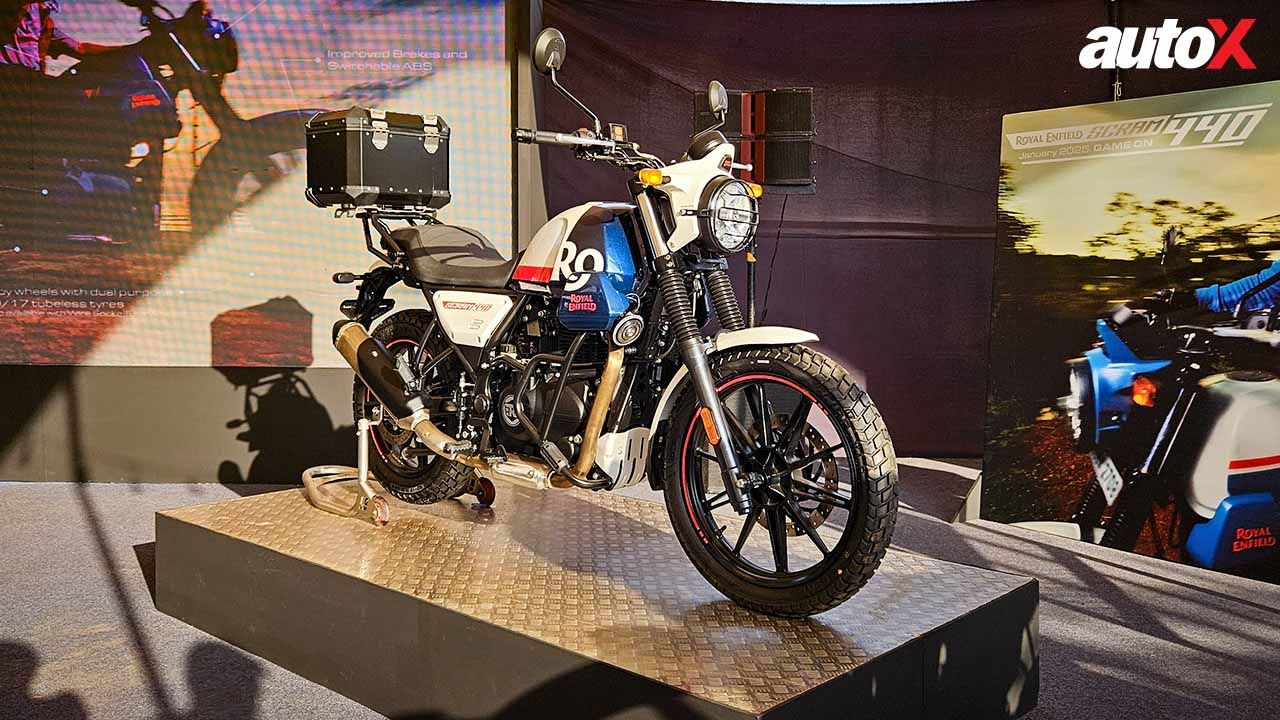

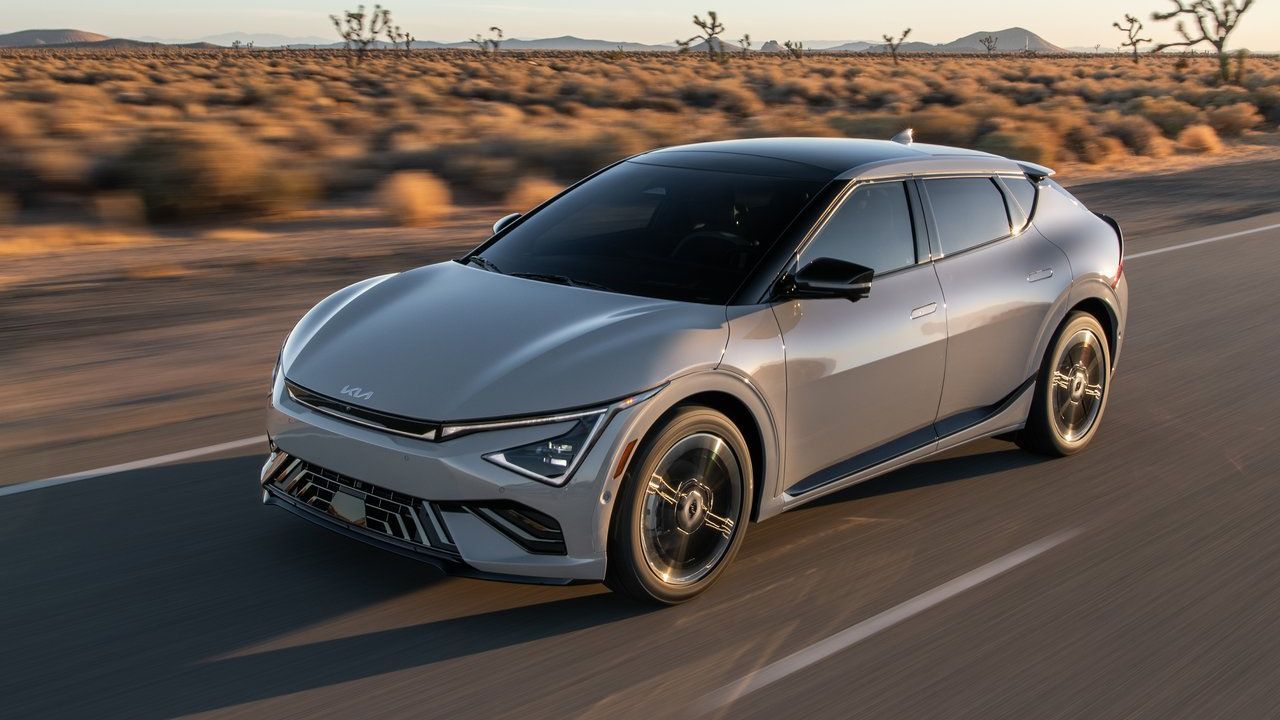
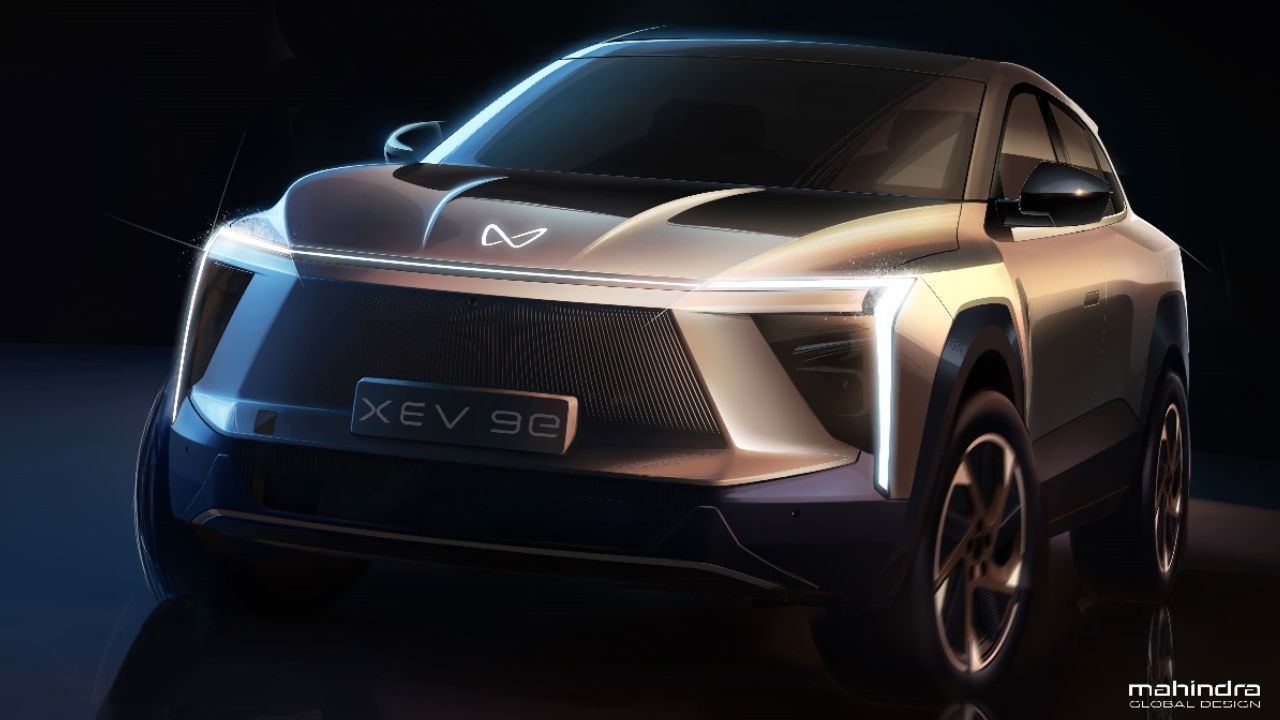
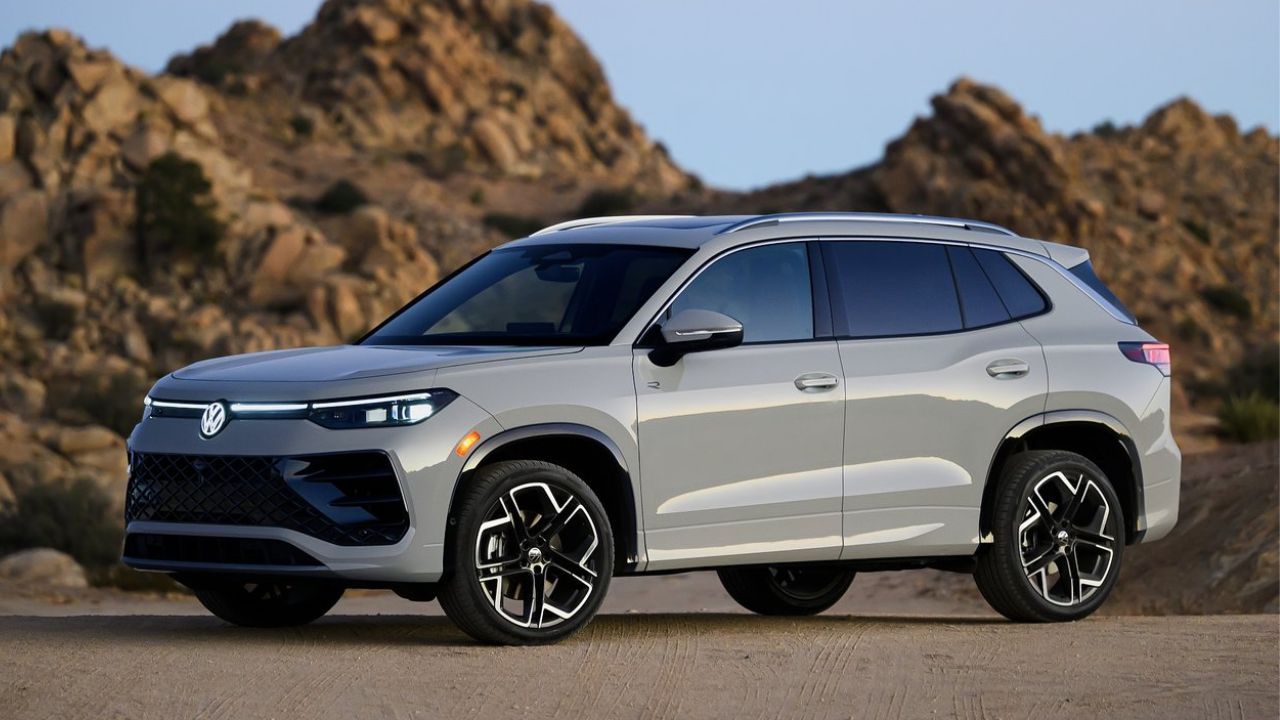
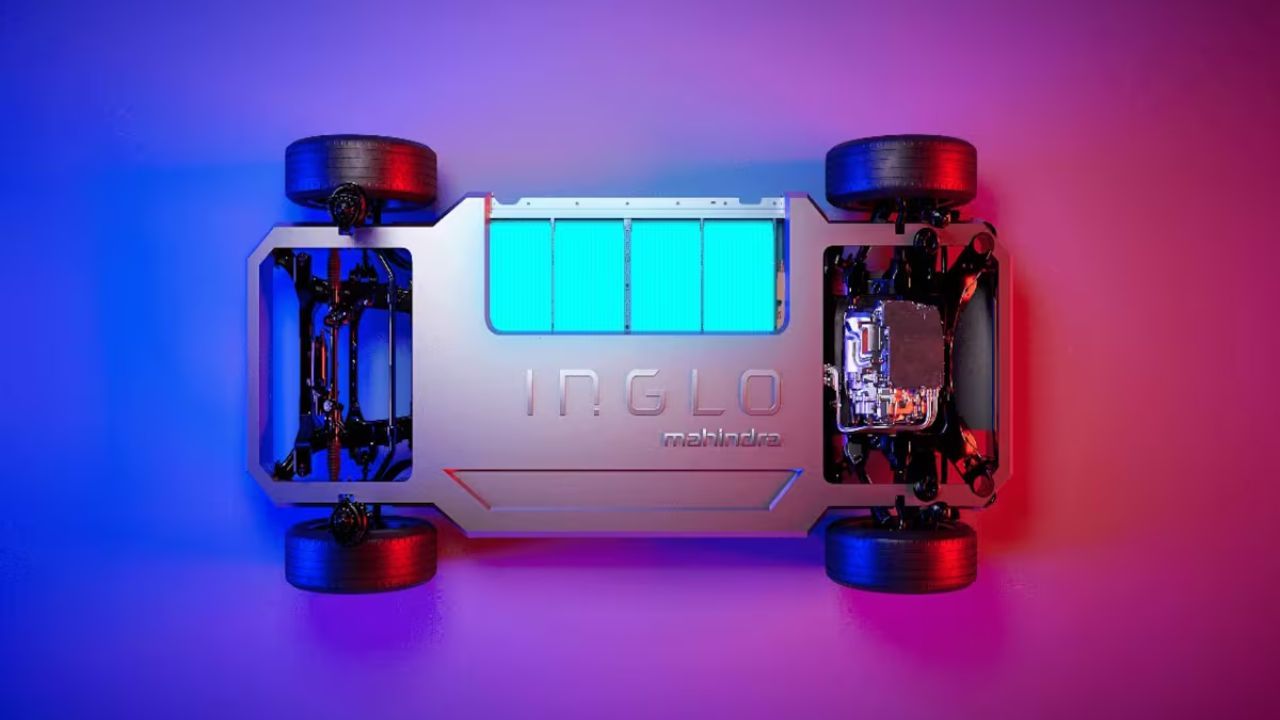
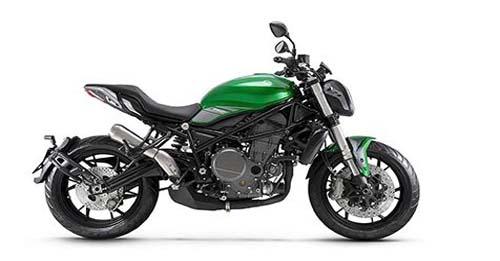
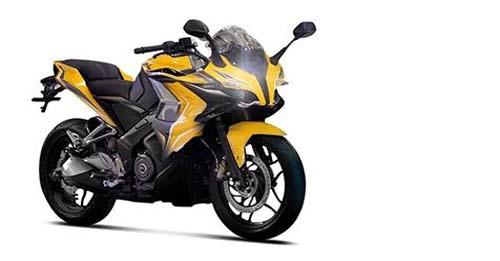
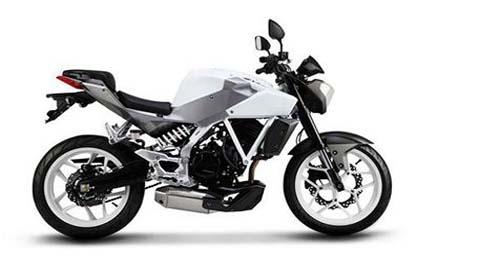
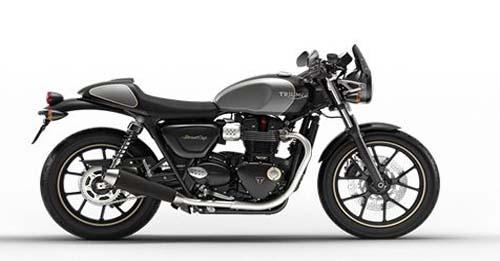
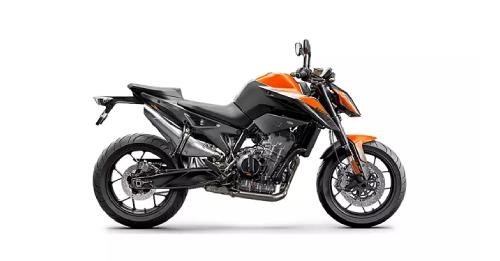









Write your Comment on